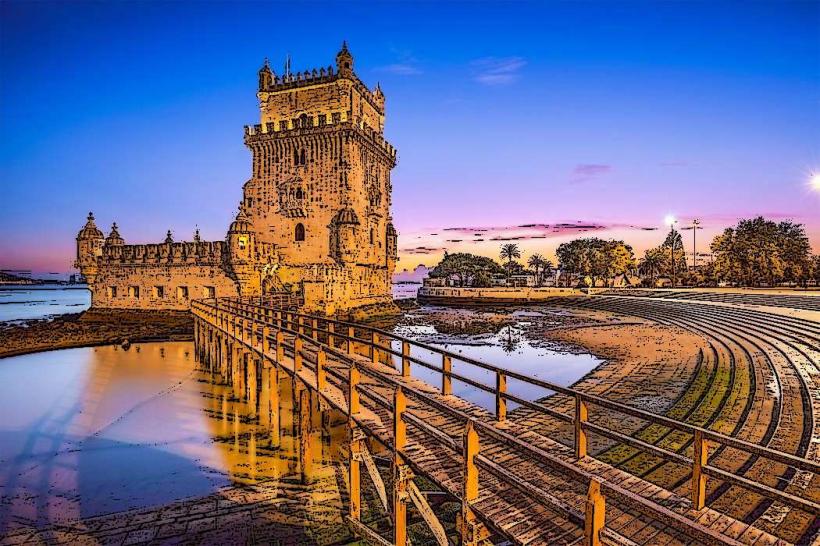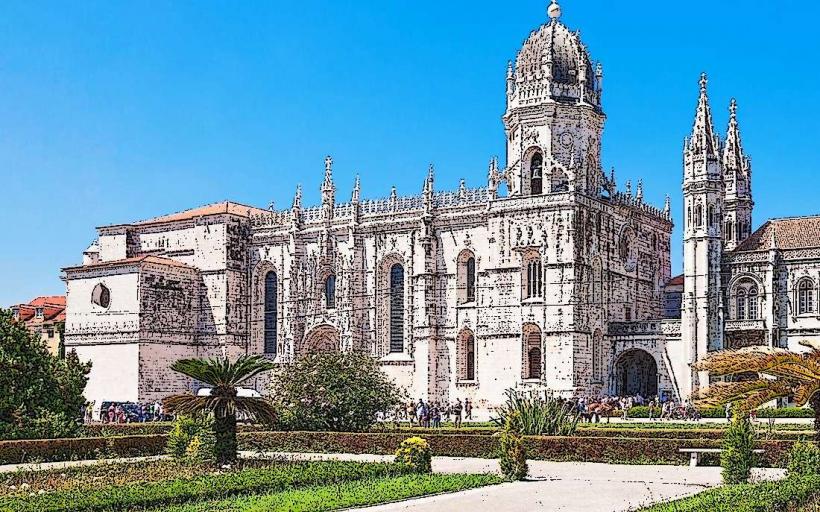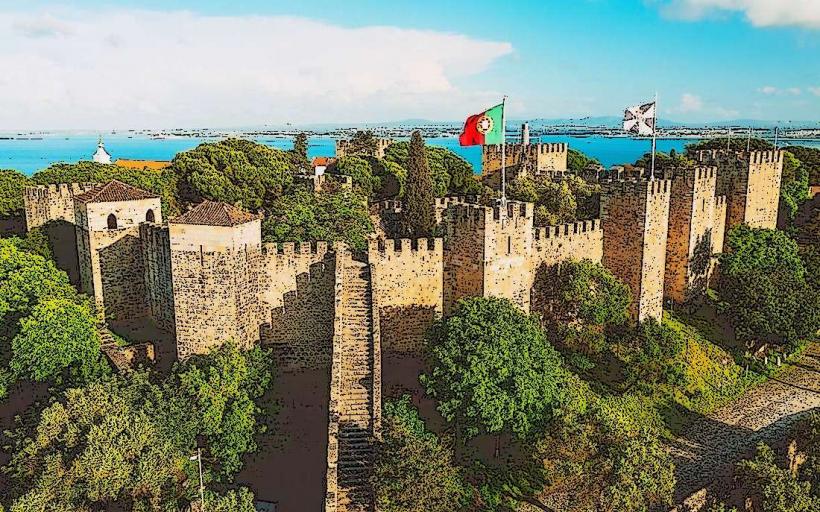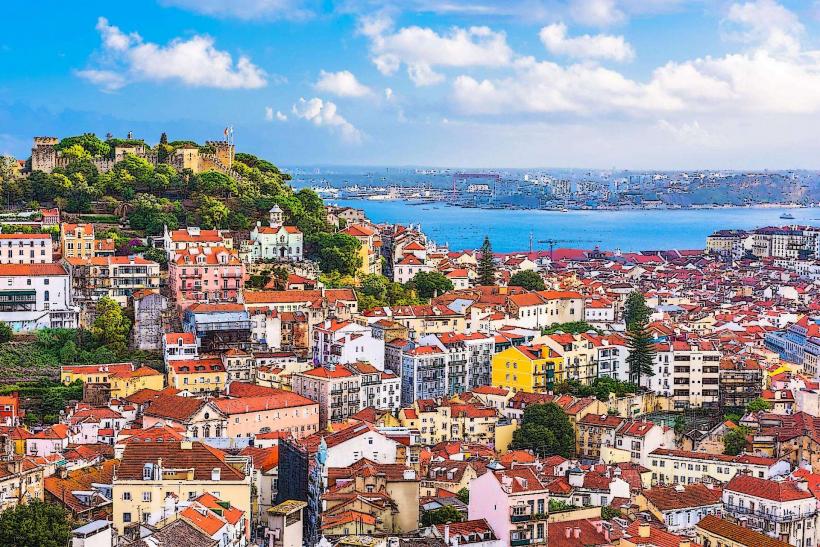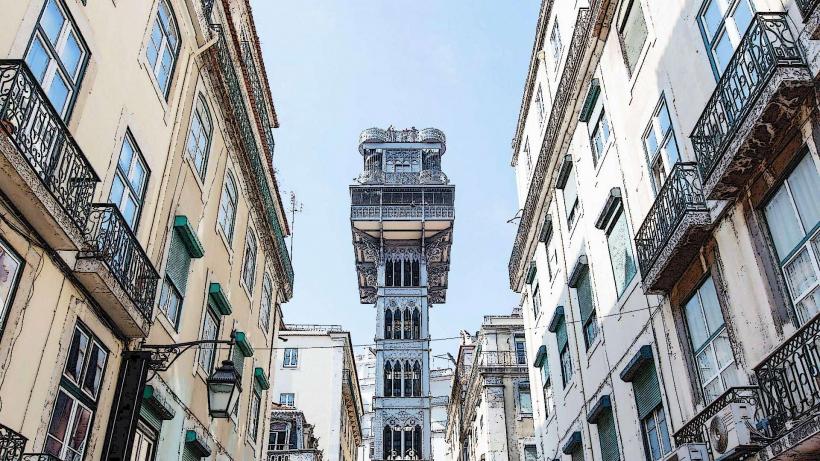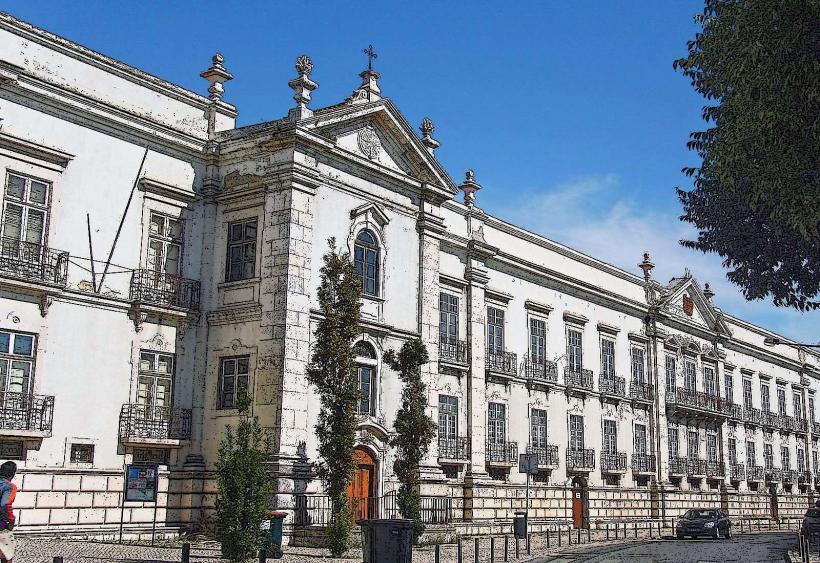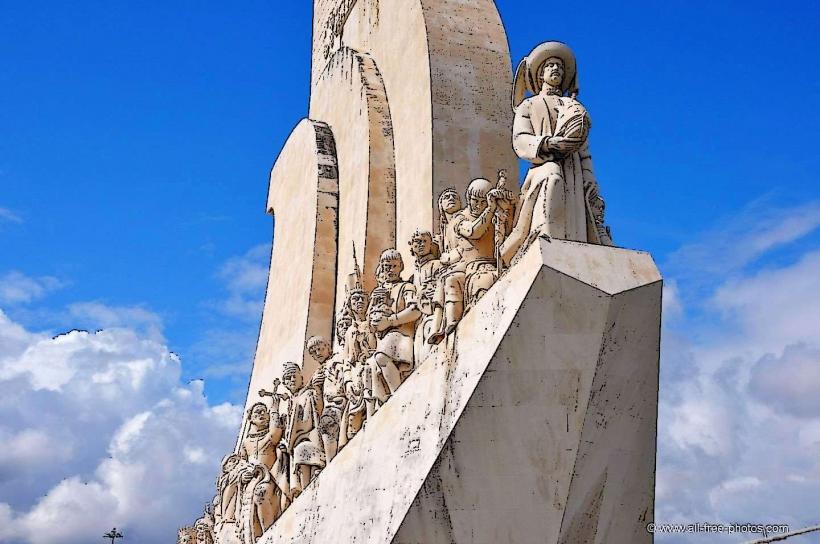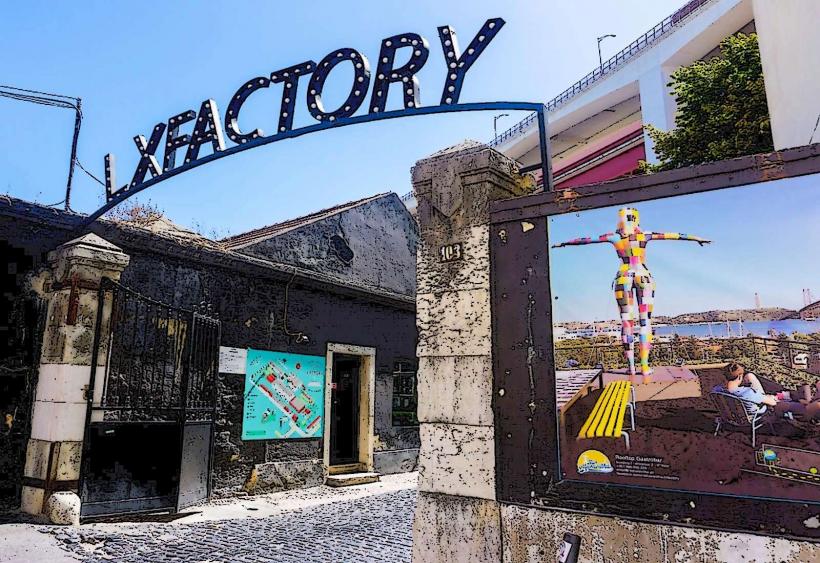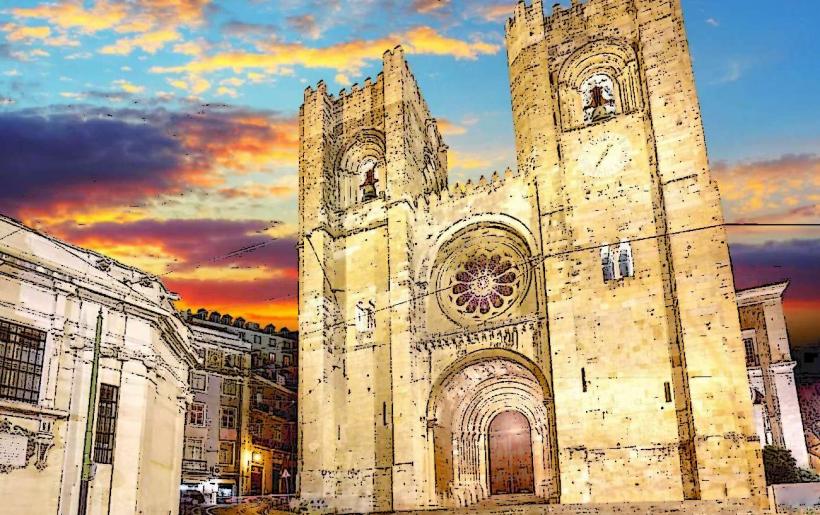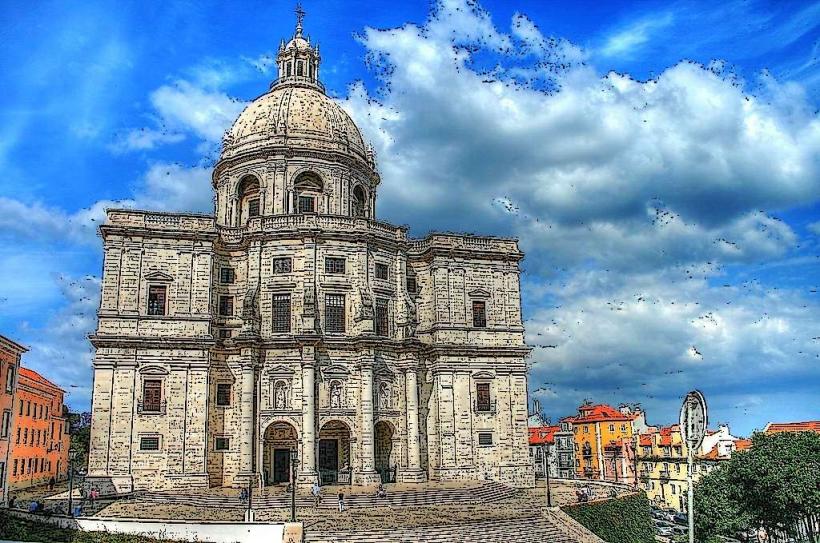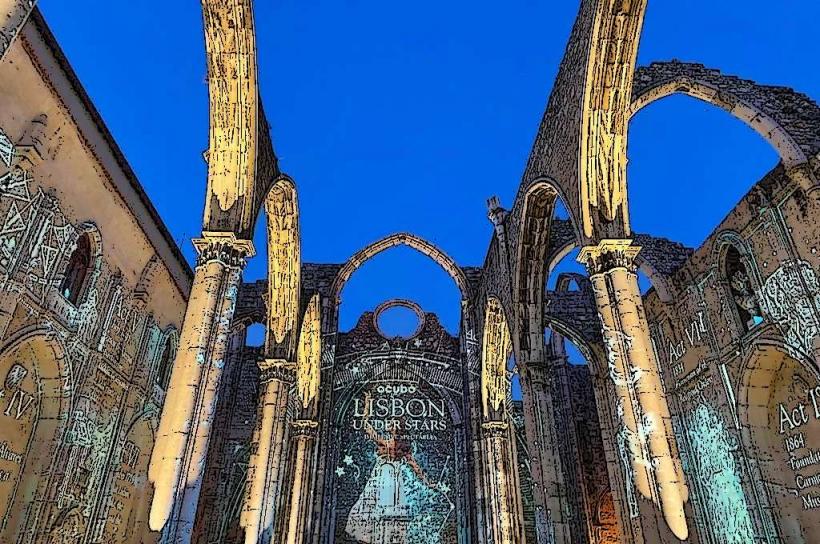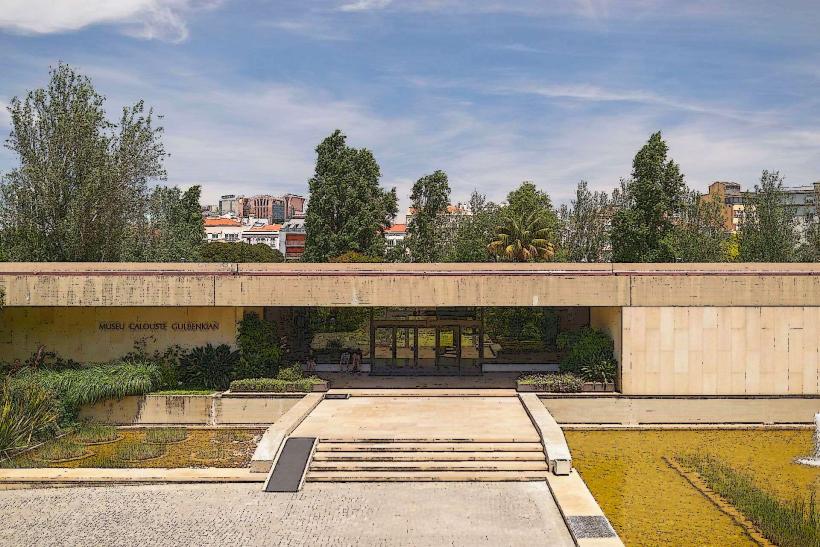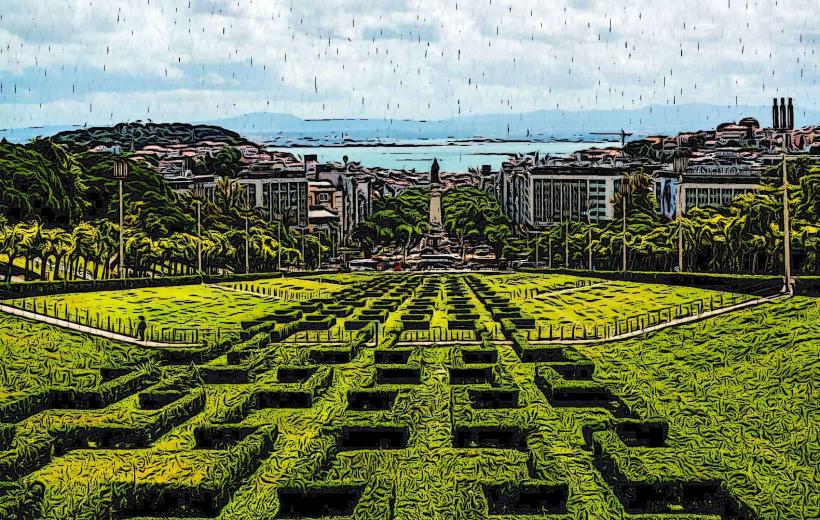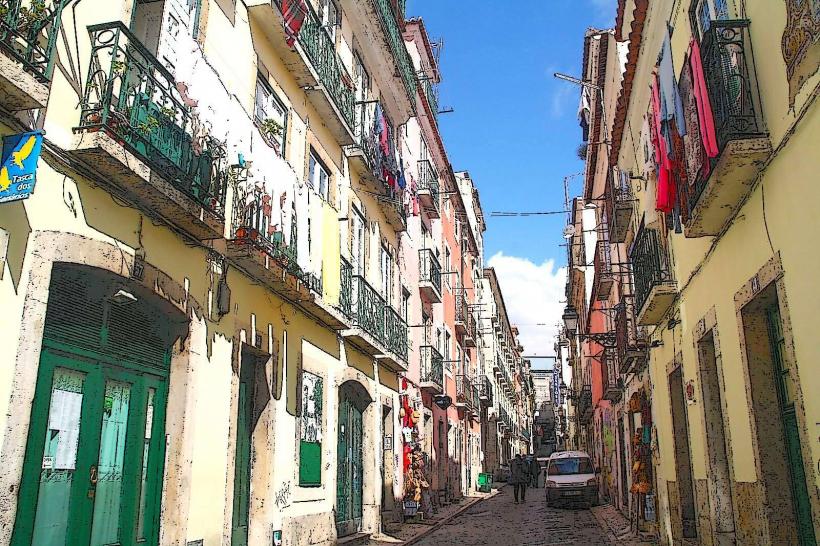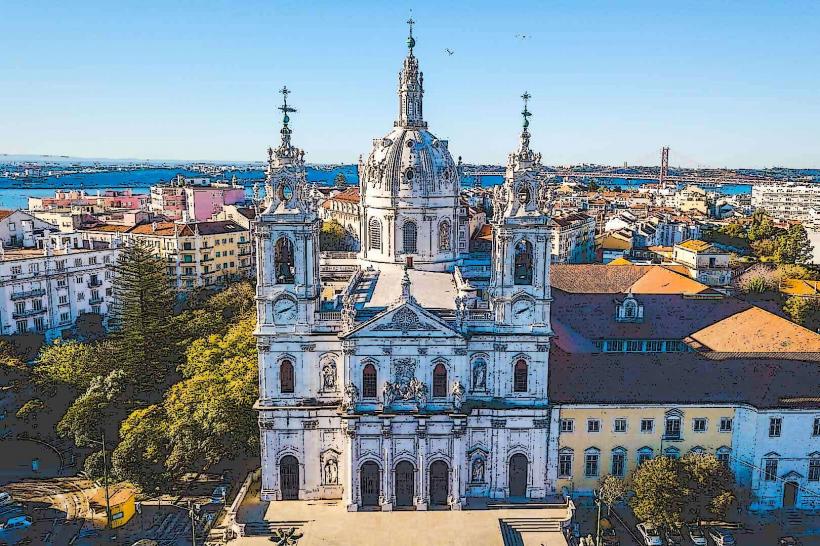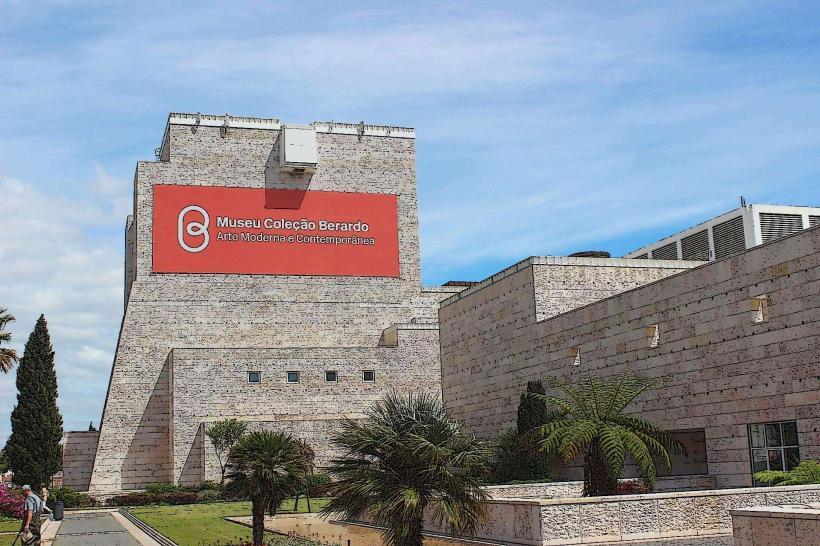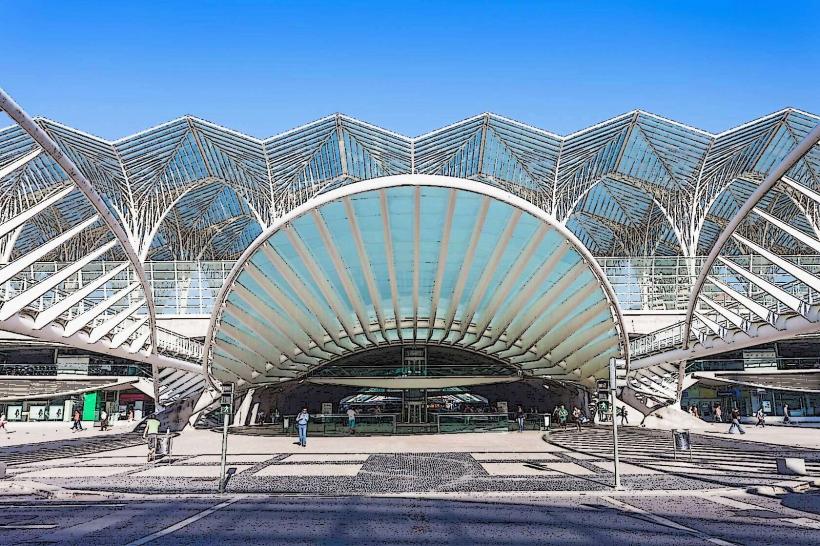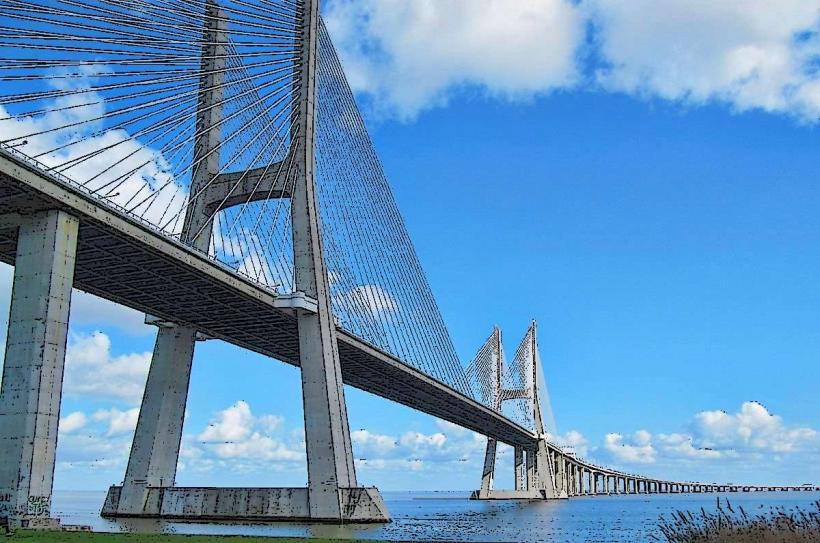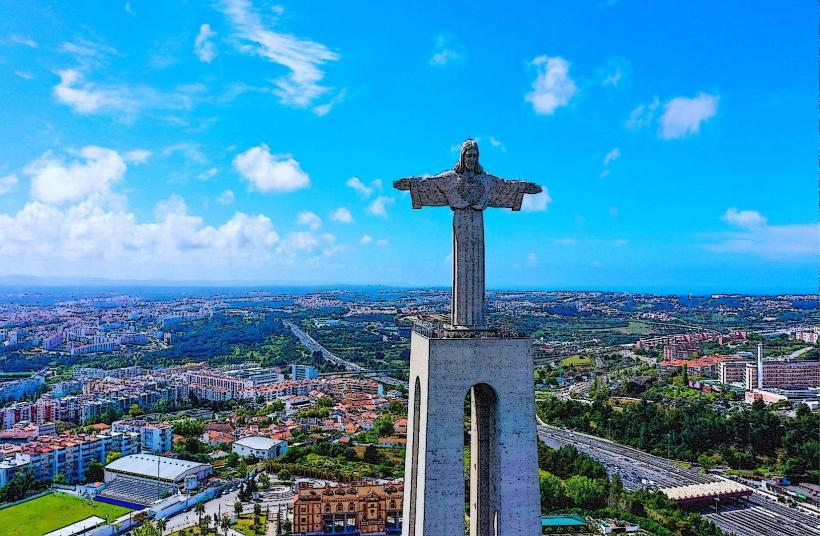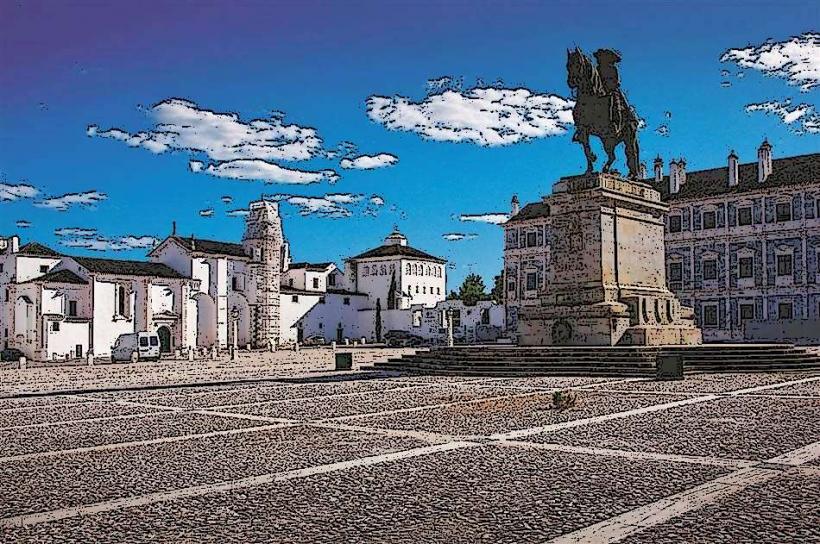Information
Landmark: Praca do ComercioCity: Lisbon
Country: Portugal
Continent: Europe
Praça do Comércio (Commerce Square) is one of the largest and most impressive public squares in Lisbon, Portugal, and serves as an iconic symbol of the city’s history. Located near the Tagus River and surrounded by neoclassical buildings, it is a central point of Lisbon, both in terms of its physical location and its cultural significance. Here’s a detailed exploration of Praça do Comércio:
1. Historical Significance
- Royal Palace Site: Praça do Comércio has a long history, dating back to the 16th century. Before the square was built, the site was home to the Royal Ribeira Palace, which was the residence of the Portuguese kings. This palace was destroyed in the 1755 earthquake, which caused widespread devastation in Lisbon.
- Post-Earthquake Reconstruction: After the earthquake, the square was rebuilt as part of the reconstruction plan for Lisbon, overseen by the Marquis of Pombal, the prime minister of Portugal. The square was designed in the neoclassical style to reflect the new order and prosperity of the Portuguese Empire in the aftermath of the disaster.
- Symbol of Power: Praça do Comércio has historically been a place of political and social significance, serving as a symbol of the power and wealth of Portugal. The square has been the backdrop for numerous events, such as royal proclamations, public executions, and celebrations.
2. Architectural Features
- Neoclassical Design: The square is an outstanding example of neoclassical architecture, a style that emphasizes symmetry, order, and classical proportions. The square is bordered by elegant yellow buildings, which house shops, cafes, restaurants, and government offices.
- Arco da Rua Augusta: One of the most notable features of Praça do Comércio is the Arco da Rua Augusta, a grand archway that stands at the northern entrance to the square. This arch commemorates the rebuilding of the city after the 1755 earthquake and serves as an iconic gateway into the square.
- Open Space: The square itself is vast and open, with cobblestone paving and a large pedestrianized area. It is surrounded on three sides by buildings with arcades and colonnades, giving it a monumental and unified feel.
- Riverside Location: The southern side of the square faces the Tagus River, offering beautiful views of the water and the Ponte 25 de Abril (25th of April Bridge). The square’s riverside location is one of its most attractive features, making it a popular spot for both locals and tourists to relax and enjoy the scenery.
3. Key Features and Monuments
- Equestrian Statue of King José I: At the center of the square stands an imposing equestrian statue of King José I, who ruled Portugal from 1750 to 1777. The statue was erected in 1775, just a few years after the earthquake, and it serves as a tribute to the king’s leadership in the rebuilding of Lisbon. The statue is mounted on a large pedestal adorned with allegorical figures, including representations of strength, justice, and wisdom.
- Arco da Rua Augusta: The Arch of Rua Augusta is another key feature of Praça do Comércio. This monumental arch, completed in the 19th century, is an emblem of the city's rebirth after the earthquake. The arch is decorated with sculptures and inscriptions that celebrate important moments in Lisbon’s history, including the Portuguese Empire’s glory during the Age of Exploration.
- Buildings Surrounding the Square: The buildings that line Praça do Comércio are some of the most distinctive in Lisbon. They are a mix of governmental and commercial buildings, many of which are listed as national monuments. The buildings have large arcades on the ground floor, which are now filled with shops, cafes, and restaurants, making the square a vibrant public space.
4. Role in Lisbon’s Modern History
- Political Importance: Praça do Comércio has been a site for major historical events and demonstrations throughout Portugal’s modern history. One of the most significant events in the square’s history was the Carnation Revolution on April 25, 1974, when the Portuguese military, supported by civilians, peacefully overthrew the Estado Novo dictatorship that had been in power for over 40 years. The revolution began in the square and led to the establishment of democracy in Portugal.
- Commercial and Social Hub: Historically, Praça do Comércio was the center of commerce and trade, where goods were exchanged and merchants conducted business. It was once the main entry point for ships arriving in Lisbon. Today, it remains a bustling area with cafes, shops, and restaurants, serving as a lively social and commercial hub for both locals and visitors.
5. The Square Today
- Tourism and Leisure: Praça do Comércio is one of Lisbon’s most visited squares. It serves as a starting point for exploring the Baixa (downtown) district and is a popular destination for tourists. Visitors can enjoy the open space, relax by the river, or take photos of the stunning architecture. It is a common spot for tourists to take walking tours of the city, as it is surrounded by many historic sites and attractions.
- Events and Festivals: The square is often used for public events, such as festivals, concerts, and celebrations. It is a central venue for major city-wide events, including New Year’s Eve celebrations and other public gatherings. Its wide-open space makes it an ideal setting for large crowds.
- Cafes and Restaurants: The square is lined with cafes and restaurants, making it a great place to enjoy a coffee, lunch, or dinner while soaking in the atmosphere. Some cafes offer outdoor seating, allowing visitors to enjoy the view of the river and the historic buildings while they relax.
6. Nearby Attractions
- Rua Augusta: The main street that runs from Praça do Comércio is Rua Augusta, a lively pedestrian street lined with shops, cafes, and street performers. It’s a popular shopping destination and leads up to the Arco da Rua Augusta.
- Lisbon City Hall: A short walk from the square, the Lisbon City Hall (Câmara Municipal de Lisboa) is a beautiful neoclassical building. It is the seat of the local government and an important historical building.
- The Lisbon Story Centre: Located in Praça do Comércio, this interactive museum explores the history of Lisbon from its foundation to the present day. It’s an excellent place to learn more about the city’s past and its development over the centuries.
- Terreiro do Paço: Praça do Comércio was originally called Terreiro do Paço (Palace Square), named after the Royal Palace of Ribeira, which was located here before it was destroyed by the earthquake. The ruins of the palace are now part of the surrounding architecture.
- Museu de Arte, Arquitetura e Tecnologia (MAAT): A short distance from the square, the MAAT is an innovative museum that combines contemporary art, architecture, and technology. It is located along the river, providing a fascinating contrast to the historic surroundings of Praça do Comércio.
7. Visiting Praça do Comércio
- Accessibility: Praça do Comércio is easily accessible from various parts of Lisbon. It is well-connected by public transportation, including trams, buses, and the subway (the Baixa/Chiado station is nearby). The square is also pedestrian-friendly, making it ideal for walking tours.
- Opening Hours: As the square is a public space, it is always open to visitors. However, many of the museums, cafes, and shops around the square have specific opening hours. The Lisbon Story Centre and City Hall typically open during the day from 10:00 AM to 6:00 PM.
- Best Time to Visit: The square is beautiful at any time of day, but it’s particularly stunning at sunrise or sunset when the light casts a golden hue over the buildings and the Tagus River. Early mornings and late afternoons are also less crowded, allowing for a more peaceful experience.
8. Cultural and Symbolic Importance
- Symbol of Lisbon’s Rebirth: Praça do Comércio stands as a symbol of Lisbon’s resilience and its ability to rebuild itself after the 1755 earthquake. It represents the city’s transformation from a royal and aristocratic hub to a modern commercial and cultural center.
- Historical Significance: As a focal point of Lisbon’s history, Praça do Comércio remains a symbol of the city’s political and cultural heritage. It has witnessed the rise and fall of empires, the birth of the Portuguese Republic, and the establishment of a democratic government.
Summary
Praça do Comércio is one of Lisbon’s most iconic landmarks, representing the city’s historical resilience and modern vitality. From its neoclassical architecture to its central role in Lisbon’s commercial and political life, the square remains a vibrant and essential part of the city. With its panoramic views, historical monuments, and lively atmosphere, Praça do Comércio is a must-visit for anyone exploring Lisbon. Whether you’re interested in history, architecture, or simply relaxing by the river, this grand square offers something for every visitor.

